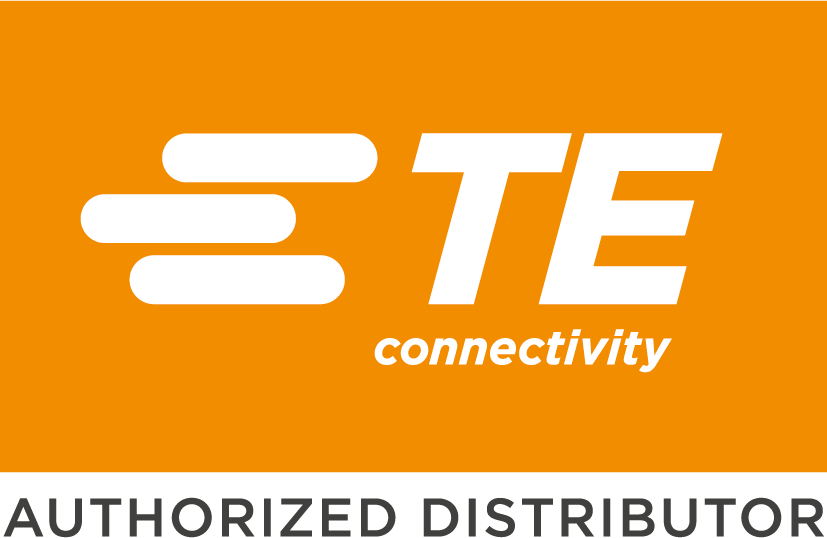
TE Connectivity Aerospace Defense and Marine
TE Connectivity Aerospace Defense and Marine is a leading global provider of advanced connectivity and sensor solutions for the aerospace, defense, and marine industries. The company offers a broad range of products, including connectors, sensors, antennas, harnesses, and other related components that are designed to meet the unique needs of its customers. TE Connectivity Aerospace Defense and Marine is known for its focus on innovation and quality, and its products are used in a variety of critical applications where reliability and durability are essential. Their connectors and sensors are used in commercial and military aircraft, missiles, satellites, and naval vessels. The company is committed to providing outstanding customer service and technical support to ensure that its products meet the high standards of its customers. With a global presence and a commitment to sustainability, TE Connectivity Aerospace Defense and Marine is a trusted partner to some of the world's most demanding customers in the aerospace, defense, and marine industries.
Solenoids
Results:
76
Series
Power (Watts)
Diameter - Shaft
Bushing Thread
Termination Style
Voltage - Rated
Mounting Type
Size / Dimension
DC Resistance (DCR)
Shaft Detail
Type
Technology
Duty Cycle
Stroke Length
Results remaining:76
Applied Filters:
TE Connectivity Aerospace Defense and Marine
About Solenoids
Solenoids and actuators are electromechanical devices that play a crucial role in converting electrical energy into mechanical motion. These devices consist of a cylindrical metal core, called a plunger or rod, which moves in response to the direction of the electrical current passing through the coil windings.
The specifications of solenoids and actuators can vary depending on the specific application requirements. Common specification options include voltage rating, stroke length (the distance the plunger moves), force direction (push or pull), overall size, and the technology used to drive the mechanical motion.
Voltage rating refers to the electrical voltage required to operate the solenoid or actuator effectively. Different applications may require different voltage levels, ranging from low voltage (e.g., 12V) to high voltage (e.g., 240V).
Stroke length determines the distance the plunger can travel when activated. It is an essential consideration when selecting a solenoid or actuator, as it determines the range of motion available for a specific application.
Force direction indicates whether the solenoid or actuator is designed to push or pull when energized. This specification is vital in applications where specific forces or movements need to be achieved.
Overall size encompasses the physical dimensions of the solenoid or actuator, such as its length and diameter. The size requirement depends on the available space within the application and can vary significantly based on specific needs.
The technology driving the mechanical motion of solenoids and actuators ranges from basic electromechanical action to more advanced options like shape memory alloys. Basic electromechanical solenoids utilize the principle of electromagnetic attraction and repulsion to move the plunger. On the other hand, shape memory alloy actuators use materials that change shape in response to temperature changes, offering unique capabilities and advantages in certain applications.
Solenoids and actuators find applications in various industries and fields, including automotive systems, industrial machinery, robotics, medical devices, and aerospace. They are utilized for tasks such as valve control, locking mechanisms, robotic manipulations, precise positioning, and more.
In summary, solenoids and actuators are electromechanical devices that convert electrical energy into mechanical motion. Their specifications can vary widely, allowing them to be tailored to specific application requirements and enabling precise control and automation in various industries.

